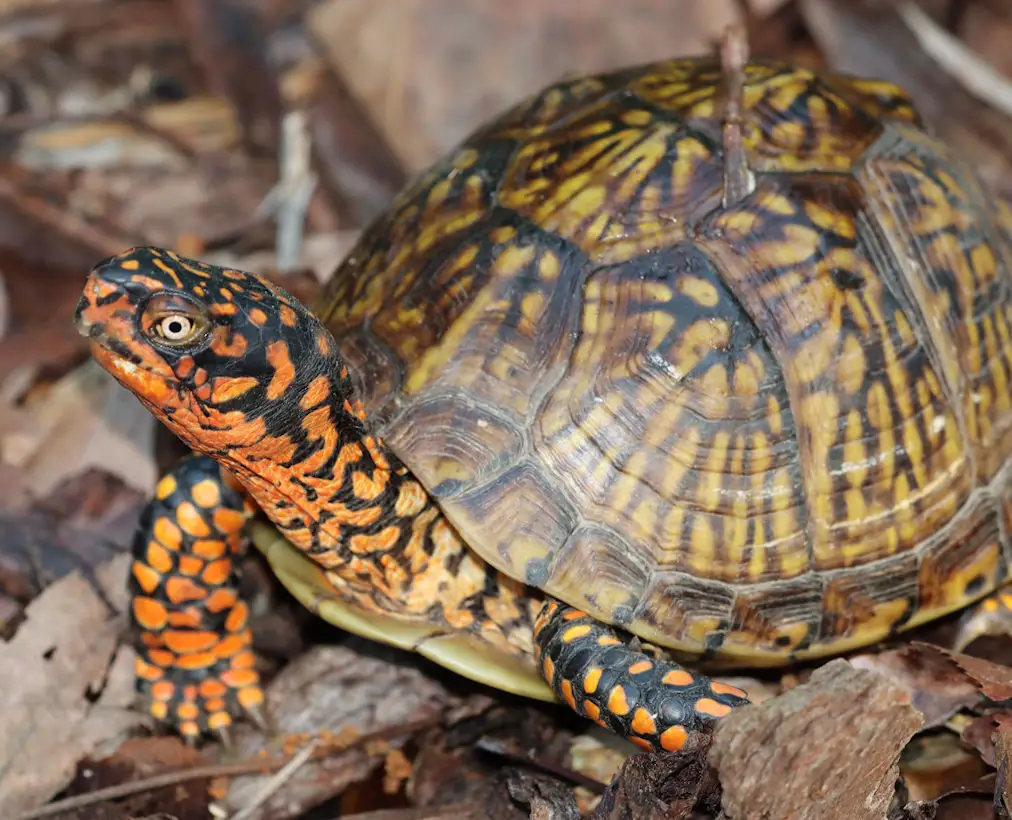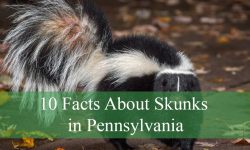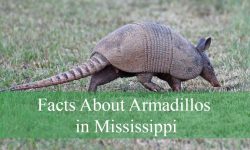Although box turtles are familiar sights across Arkansas, much about their habits and needs remains unclear to many residents. They move slowly through leaf litter, forest edges, old fields, wetlands, and backyards, often blending in with the natural debris of the Ozarks, the Arkansas River Valley, and the Delta region. Many residents encounter them crossing rural roads, hiding beneath shrubs, or foraging after rain. Despite their quiet presence, box turtles play a meaningful ecological role that deserves more attention than they receive.
Arkansas is home to the three-toed box turtle and the ornate box turtle—two species that rely heavily on the state’s diverse landscapes. They thrive in moist hardwood forests, grasslands, and mixed terrains shaped by seasonal rainfall. However, shifting weather patterns, habitat changes, and increasing human activity are altering their daily lives in ways that are not always immediately visible.
The importance of monitoring box turtles goes beyond simple curiosity. They act as indicators of ecosystem health, carriers of genetic history, contributors to seed dispersal, and reminders of how fragile slow-living species can be in fast-changing environments. Understanding why box turtles matter helps explain why conservationists, biologists, and everyday residents should keep an eye on their populations.
This article explores eight reasons why box turtles in Arkansas are important to observe—each shedding light on hidden behaviors, ecological roles, and conservation concerns that make these reptiles far more significant than they appear.
1. Box turtles are long-lived reptiles that reveal long-term environmental change

Box turtles in Arkansas can live for decades, with some individuals surviving more than 40 or 50 years. This long lifespan makes them valuable indicators of long-term environmental conditions. They witness shifts in temperature, rainfall patterns, forest composition, insect abundance, and even human development across large spans of time.
Because they grow slowly and occupy small home ranges, their health reflects the stability of the environments they inhabit. A thriving population signals a functioning habitat with suitable resources. Declines may hint at habitat fragmentation, pesticide exposure, or shifting climate patterns that influence moisture availability.
Biologists can learn about Arkansas forests simply by examining turtle age structures, shell growth rings, and behavior across different habitats. These reptiles are living record-keepers, carrying environmental history within their shells and movements.
2. They serve as important seed dispersers in Arkansas woodlands
Box turtles are opportunistic omnivores, consuming a wide range of foods including mushrooms, berries, insects, slugs, fallen fruit, and carrion. Their taste for fruit makes them particularly important seed dispersers in forest ecosystems.
When turtles consume berries or fleshy fruits, they carry the seeds long distances from the parent plant. The seeds pass through their digestive system and are deposited in new locations—often with a nutrient-rich fertilizer that increases germination success.
Plants such as mayapples, blackberries, persimmons, and certain wild grapes depend partly on turtles for seed distribution. In some regions of the Southeast, studies show that seed germination rates actually increase after passing through a box turtle’s digestive tract.
In Arkansas, where box turtles roam diverse landscapes with both forest and open field elements, their seed dispersal helps maintain plant diversity and supports natural regeneration after disturbances.
3. Box turtles contribute to insect and slug control in forest ecosystems
Although fruit makes up a significant part of their diet, box turtles also eat insects, worms, beetles, millipedes, and slugs. Their feeding habits help regulate populations of invertebrates that can influence leaf litter decomposition and plant health.
During wet spring and summer periods, turtles consume many slugs and beetles, including species that feed on young plants. Their slow but steady foraging supports a balance within forest floor communities.
Arkansas’s high humidity, especially in the Delta and southern forests, creates ideal conditions for invertebrate abundance. Box turtles help maintain equilibrium by feeding on species that flourish in damp conditions. Their role may be subtle, but it contributes to the health and productivity of woodland ecosystems.
4. They are strongly tied to specific habitats, making them sensitive indicators of change
Unlike wide-ranging reptiles, box turtles maintain extremely small home territories—sometimes less than a few acres. They memorize every detail of these territories: feeding areas, shelter sites, burrows, sunning locations, and seasonal hiding spots.
This strong site fidelity means that habitat loss affects them severely. When forests are cleared, roads are built, or fields are expanded, turtles cannot easily relocate. They often attempt to return to familiar places even if those areas no longer exist, increasing their risk of road mortality and predation.
In Arkansas, where development, agriculture, and climate change alter landscapes each year, monitoring turtle populations can reveal early signs of habitat stress. A decline may indicate shrinking forest understory, fewer reliable moisture zones, or changes in plant composition.
The presence of healthy box turtle populations often correlates with intact habitats rich in biological and structural diversity.
5. They are highly vulnerable to road mortality, making monitoring essential
Box turtles move slowly and follow established paths shaped by decades of instinctive behavior. These paths often intersect with rural and suburban roads, especially in spring and early summer when turtles search for mates, nesting sites, or new food sources.
In Arkansas, thousands of turtles are killed each year by vehicles. Road mortality is one of the most significant threats to long-lived turtle species because:
- Females may be hit while seeking nesting sites
- Older individuals with decades of surviving reproduction can be lost instantly
- Young turtles rarely survive to adulthood to replace the population
Since box turtles have low reproductive rates, even small increases in adult mortality can have lasting impacts.
Watching road-crossing behavior, documenting turtle sightings, and helping individuals cross safely (when done legally and responsibly) can support local conservation efforts. Population data gathered from road encounters helps biologists track long-term trends and identify high-risk zones.
6. Box turtles carry unique genetic diversity shaped by Arkansas’s varied landscapes
Arkansas includes multiple ecological regions—from the Ozark Plateau to the Gulf Coastal Plain—and each region influences box turtle genetics differently. Populations isolated by rivers, mountains, or long-term habitat patterns can develop unique genetic traits.
These genetic variations contribute to:
- Disease resistance
- Climate adaptability
- Shell coloration differences
- Behavioral shifts
Protecting box turtle populations ensures that these unique genetic lineages persist. Losing a localized population can erase decades of evolutionary history.
Genetic diversity also strengthens resilience. As temperatures fluctuate, droughts increase, and rainfall becomes unpredictable, diverse turtle populations are better equipped to adapt. This makes genetic conservation a priority for long-lived species facing rapid environmental change.
7. Their slow reproduction makes population declines difficult to reverse
Box turtles reproduce slowly, with females laying only a handful of eggs each year. Many nests are destroyed by predators such as raccoons, skunks, snakes, and armadillos. Hatchlings that emerge face steep challenges: they are small, vulnerable, and grow slowly, taking years to reach maturity.
Because survival rates are low, populations depend heavily on long-lived adults reproducing over decades. Losing adult females or older turtles significantly impacts population stability. Declines may go unnoticed for years because adults remain visible even as fewer young turtles enter the population.
Monitoring turtle numbers helps reveal early signs of imbalance. Conservationists can intervene by protecting nesting areas, preserving habitat corridors, and reducing unnecessary mortality.
In Arkansas, where habitat fragmentation and roadways intersect with turtle movement, protecting slow-reproducing species is essential for long-term ecosystem stability.
8. Box turtles help researchers understand disease ecology and environmental health
Box turtles can host a range of parasites, bacteria, and viral agents—not necessarily harmful to humans but informative for researchers studying disease ecology. The presence or absence of these organisms can reveal environmental stressors, contamination levels, and broader ecological patterns.
For example:
- Increased parasite loads may indicate habitat degradation
- Shell infections may hint at polluted soils or water sources
- Shifts in immune responses may reflect climate instability
Monitoring turtle health is a window into environmental health. Because turtles live so long and move so little, they accumulate environmental signals in ways more mobile animals do not.
Studying box turtles helps conservationists detect early warnings of ecological disruption, making them valuable biological indicators for Arkansas’s forests and wetlands.
Frequently Asked Questions About Box Turtles in Arkansas
Are box turtles native to Arkansas?
Yes. Both the three-toed box turtle and ornate box turtle are native to the state.
Do box turtles hibernate in Arkansas?
They brumate, which is a reptile version of hibernation. They dig into soil or leaf litter during cold months.
Why are box turtle populations declining?
Habitat loss, road mortality, predation of nests, and changes in climate contribute to population declines.
Can I keep a box turtle as a pet in Arkansas?
Regulations vary, but collecting wild turtles is strongly discouraged due to their declining populations and ecological importance.
What do box turtles eat?
They eat fruits, berries, mushrooms, insects, worms, slugs, carrion, and occasional plant matter.
Are box turtles aggressive?
No. They are shy and reclusive. They withdraw into their shells when threatened.
How old can a box turtle get?
Many live 30–50 years, with some individuals reaching even older ages in stable habitats.
Why do box turtles cross roads?
They may be searching for mates, food, nesting sites, or familiar territory. Their slow speed increases risk.
Should I help a turtle cross the road?
If safe to do so, you can move the turtle in the direction it was heading. Never relocate far distances.
Are box turtles important for the ecosystem?
Yes. They disperse seeds, regulate insect populations, support soil processes, and reflect habitat health.
Final Thoughts
Box turtles are quiet but essential members of Arkansas’s natural heritage. Their long lifespans, slow reproduction, strong habitat ties, and ecological functions make them invaluable indicators of forest and wetland health. Watching them closely reveals patterns of environmental change that might otherwise go unnoticed.
From dispersing seeds to marking shifts in climate, box turtles show how deeply connected wildlife is to the landscapes of Arkansas. Protecting them means preserving not just a single species, but the ecosystems they support and the biological histories they represent.






